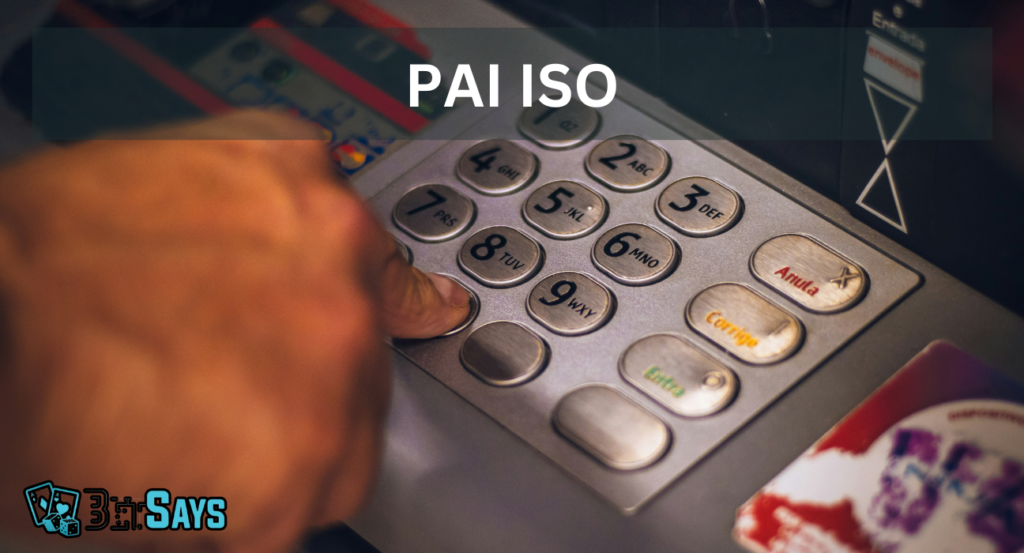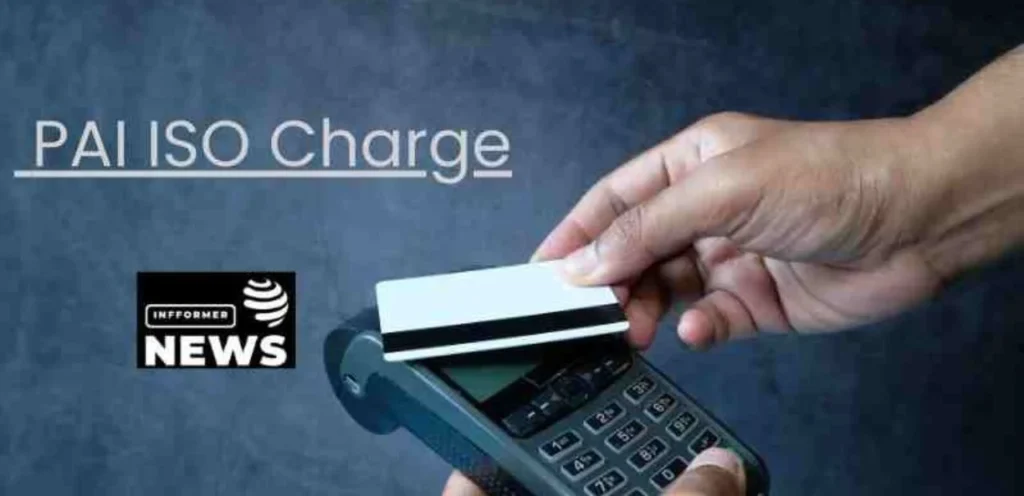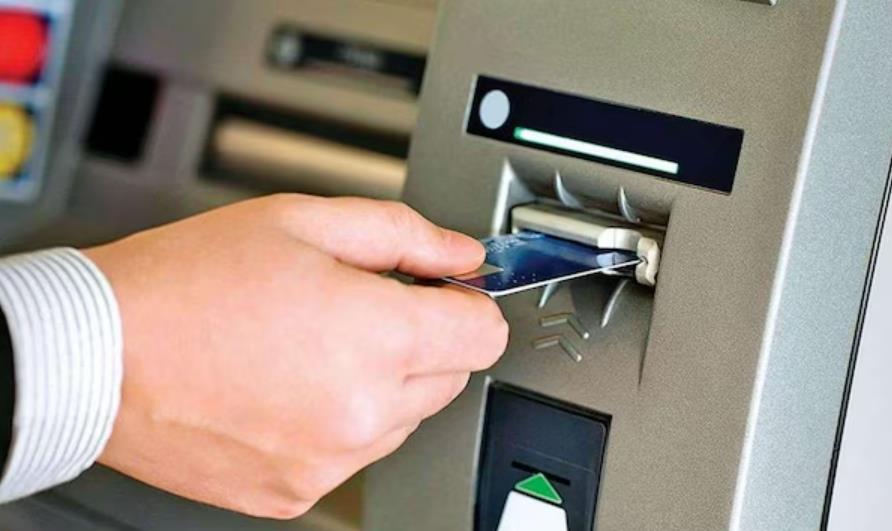Does your credit card statement show charges that you did not expect? If you have encountered something called a PAI ISO charge, don’t worry. This is an unusual term that has become more popular in recent times, leaving many people confused and worried.
It is vital to comprehend these costs for better financial management. In this blog post, we will explain the meaning of PAI ISO charges and why customers should be concerned about them while suggesting ways of handling the problem. So whether you are new to this subject or want some tips on how to cut back on those annoying fees, keep reading and learn all there is to know!
What are PAI ISO Charges?

PAI ISO charges are fees related to Payment Account Identifier (PAI) and International Standards Organization (ISO) standards. These costs mainly occur when processing credit card transactions and e-transfers.
When you buy, your payment details pass through many channels. PAI aids in identifying accounts where cards are anchored and ensure security at transaction time. ISO’s business standard explains how this information interchange happens across different platforms.
As technology evolves, so do ways of making payments. Consequently, these charges attempt to facilitate this process but frequently involve added expenses on consumers’ part. This understanding may help you identify uneasy items on your bank statement by clarifying what you pay for every time you swipe or use online money transfers.
Why were PAI ISO Charges implemented?

PAI ISO fees are there to manage the changing payment landscape—the emergence of digital payments required credit card firms to strike a balance between risks and fraud exposures.
These charges preserve the quality of services offered by issuers. Financial service companies were grappling with increased data breaches and identity thefts, requiring measures to improve security.
PAI ISO charges are also used to cushion operational costs linked to transaction processing. This allows firms to meet their expenses while providing effective customer service.
The adoption was intended to save businesses and create a safer electronic payment environment for customers. This background explains why these levies have become more common in today’s banking world.
How do PAI ISO Charges affect consumers?

These charges can sometimes impact customers and may only be noticed once it’s too late. Typically, these fees are charged on transactions made by consumers, which might raise the cost of their daily purchases.
When you swipe your card or make an online payment, these charges may not be immediately visible. However, they build up over time and could squeeze personal budgets. Extra costs like these can be seen in the consumer’s monthly statement.
Moreover, PAI ISO charges affect how businesses set prices for products. Companies might increase their pricing to cover extra expenses that arise from payments with such fees.
Therefore, knowing PAI ISO charges is essential to transparent consumer billing practices. Many get upset when checkout shows unexpected hidden fees.
Knowing these charges helps the consumer make informed spending decisions and thus take control of their money.
The Controversy Surrounding PAI ISO Charges
Financial circles were rife with debate when PAI ISO charges were introduced. Critics say such fees unfairly target consumers, especially those needing financial literacy.
These obscured costs are part of an already complex payment landscape. Users often need to learn what is happening, which leads to frustration and mistrust.
On the other hand, supporters argue that these charges meet necessary expenses and make transactions more accessible for all parties involved. This implies that the cost of transacting would go up if such measures were absent.
However, divergent views notwithstanding, one thing is clear: customers need to know what they are being asked to pay for. The ongoing conversation tells us providers need to communicate better about these fees and their purposes, among other things.
Ways to lower your PAI ISO Charges
One way to reduce PAI ISO charges is to compare rates between service providers. Since they might have different fees, you can save money by doing so.
Consider bundling services when possible. Some businesses offer discounts when you combine multiple forms of insurance or similar products, which can help cut overall expenses.
Your policy should be reviewed regularly. When circumstances change, such as improved driving records or fitted new safety features in your vehicle, you might also qualify for lower rates.
Make sure to negotiate with your current insurer whenever the need arises. Many are willing to adjust their prices to keep customers, especially if you mention being approached by their competition.
Stay informed about promotions and discounts throughout the year. These frequent seasonal deals can also significantly decrease those annoying charges.
Conclusion
When navigating the financial landscape, consumers need to understand PAI ISO charges. These charges affect what you spend on goods and services, so knowing more about them is essential. Considering why these fees exist, you can demystify their appearance in your bills.
While PAI ISO charges might seem annoying, people must realize they perform a role within larger economic systems. The debates surrounding these fees have different perspectives on fairness and pricing transparency, leading to consumer rights rights discussions being urged.
However, for those burdened with such fees, finding ways to cut back will help with better budgeting and financial planning. Taking proactive steps like negotiating terms with providers or exploring other alternatives can help empower customers.
Understanding PAI ISO charges can help individuals make informed decisions about their financial objectives. This means being prepared and knowing what’s happening, an invaluable approach in today’s complex market.
FAQs:
What is a PAI ISO charge?
A PAI ISO charge is a fee related to Payment Account Identifier (PAI) and International Standards Organization (ISO) standards, often seen on credit card statements.
Why do I see a PAI ISO charge on my statement?
A PAI ISO charge appears due to processing credit card transactions and electronic transfers, reflecting fees associated with security and data standards.
How can I avoid PAI ISO charges?
To avoid PAI ISO charges, compare service providers and look for those with lower transaction fees or bundled services that reduce costs.

